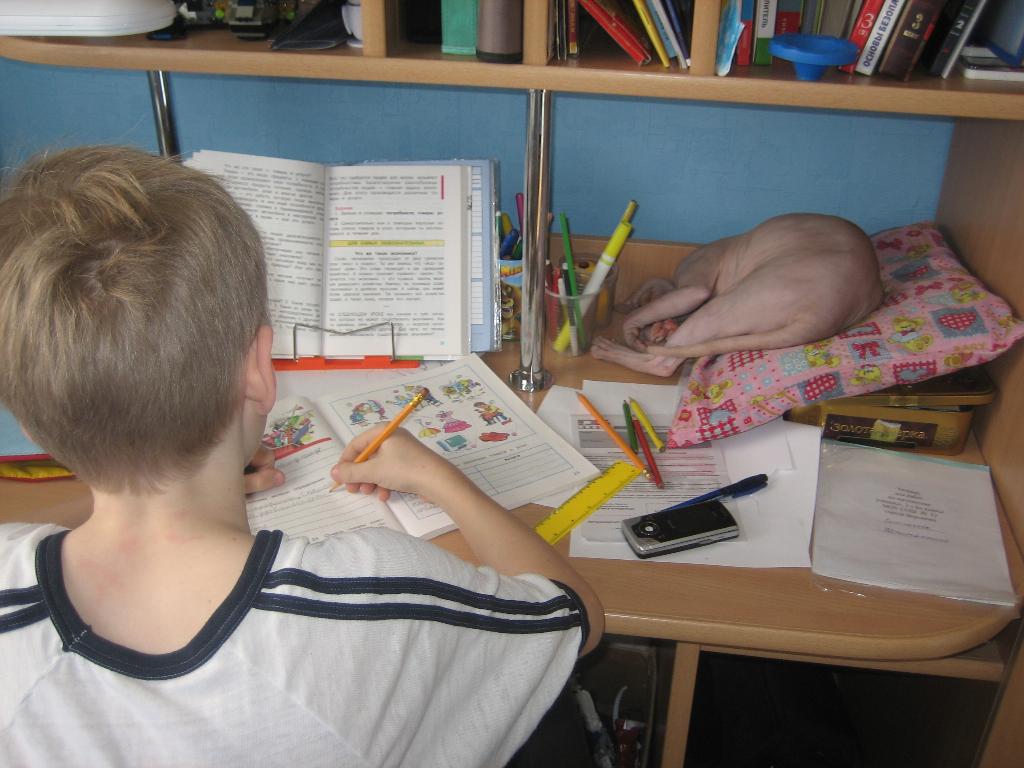What is the best way to motivate a child? Maybe the “carrot and stick” method or https://argoprep.com/math/1st-grade/numbers/even-and-odd-numbers-on-a-number-line/ – praise, promise a reward – and scold them when they fail? But there is a better and more effective way: we propose to study it.
When it comes to motivation, many parents use a rewards and punishments approach, such as prizes or point sheets that mark good and bad behavior. This may work at first – but then it tends to stop, and sometimes even has unpleasant consequences. When children respond to the “carrot and stick,” they act on external motivation, but in the long run this method is unsustainable. Many studies have shown that a promised reward (e.g., ice cream or a video game) or a controlling factor (e.g., punishment or deprivation of privileges) reduces intrinsic motivation and decreases interest.
For a child to feel motivated, he or she must enjoy what he or she is doing, and rewards, praise, and punishment won’t help that – rather the opposite.
How to use external motivation
Fortunately, not all extrinsic motivation and kinesthetic learning is bad. Among the types of extrinsic motivation is “integrated motivation” – it occurs when people can clearly see the connection between their plans, actions and outcome. This means that the person has examined the cause and found that it aligns with his or her own values and needs – this leads to independence and better results. How do you teach this to a child?
1- Give up on motivation.
Your attempts to motivate your child are likely to have the opposite effect – de-motivate them. Intrinsic motivation is the independent enjoyment of an activity. If someone doesn’t like doing something – no amount of pushing, bribing or threatening them can make them enjoy it. Thus, traditional ways of motivating children – encouragement, praise, rebuke, criticism, and punishment – are unproductive.
2. Inspire, not control.
Encouragement, praise, rebuke, criticism, and punishment are ways to control someone’s behavior. As a controlling parent, you still can’t influence your child’s intrinsic motivation – because pressure or future rewards aren’t related to their performance.
The opposite of controllability is autonomy, independent decisions and choices of action. Autonomy is a necessary condition of internal motivation. Research has shown that a sense of autonomy can enhance a person’s intrinsic motivation. When students are not constantly supervised (e.g., during distance learning), they show more success, learn the material better, and remember it longer. To effectively motivate your child to learn well, try to inspire rather than control. The best way is to show the benefits and fun aspects of the activity itself and how you can enjoy it.
Show children that learning and mastering a new skill is fun.
Create a learning environment: We are learning to learn new knowledge, not just to do our homework or get good grades.
Stir their curiosity by showing them different ways to do a task.
Allow them to choose activities according to their interests.
Celebrate successful milestones together.
Be supportive and give constructive feedback rather than criticism.
When a child gets stuck on a problem, help treat it as a challenge they can overcome, not as a “difficulty.”
Don’t call children’s activities “work” or “obligation.”
3. Help assimilate and try.
Some activities really aren’t fun, but they should be done anyway. If this is the case, help your child figure it out:
Determine why an activity is important, recognize the need for it. If your child understands the meaning and value of what needs to be done, it will be easier for him or her to do it. For example, soccer practice can be both boring and difficult, but practice is an important and necessary part of achieving mastery.
4. Allow decisions to be made.
Autonomy and autonomy are important to build intrinsic motivation. Children need to be allowed to make their own decisions in order to feel independent. Many parents fear that if they allow their children to make their own decisions-they are bound to be wrong. But just as falling is an inevitable part of learning to walk, making bad decisions is an inevitable and important part of learning how to make good decisions. Children also need opportunities to practice making decisions in order to gain confidence. If the activity is not related to health or safety, let them choose for themselves-or with your input-and to let them face the natural consequences. For example, if a child refuses to do his homework, even after you have explained its importance – he may face being scolded at school or getting a D.
5. Choose appropriate tasks
One of the best ways to increase intrinsic motivation is to help your child feel competent to do it. If the activity is too easy, the child will quickly become bored, and if it is too hard, the child will become frustrated or insecure.
The optimal task is one that is a little more difficult than something the child has already mastered, but is still achievable with practice and some effort.
It’s also important to help children develop an attitude of growth-when they find out through practice that skills and mastery can be improved through practice and hard work. Let them know that practice is the most important thing.
6. Maintain a close relationship
Since not all classes are fun and exciting, an important reason why kids will do this is to have good relationships with the people important to them. Even in the classroom, when students feel that the teacher respects and cares about them, motivation is higher. A sense of belonging and intimacy, a strong emotional connection with parents boosts children’s confidence. If your relationship with your children is strong – they are more likely to listen and listen to you, more motivated to do the things you think are important.
Research shows that parents who have an authoritative parenting style, are responsive to children’s needs, and have a stronger bond with their children.
7. Participate in what the child is doing
This doesn’t mean doing his or her homework, creating projects, or coming up with crafts. There are many ways to get involved – volunteering, helping with events or sports, helping with school projects. Even while your child is doing their homework, you can be there doing your own thing. Important: Participation does not mean control.
It can be difficult to stop promising children rewards for new skills or completed tasks. Sometimes we just want to give the child something to celebrate success. It is better not to link success and a gift directly – “if you do this, I’ll buy you a toy”: let the reward be unexpected and received only after the task is completed.
